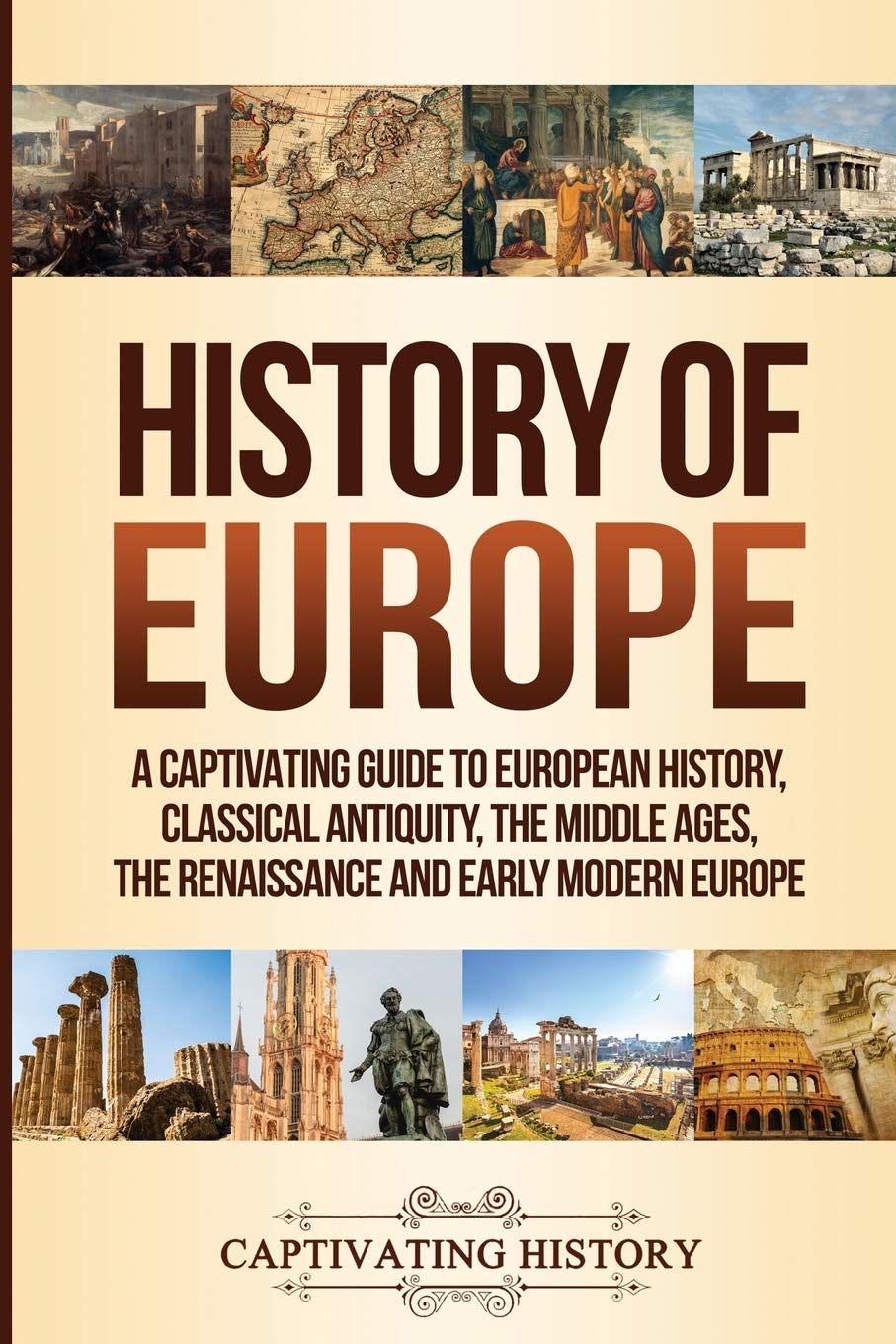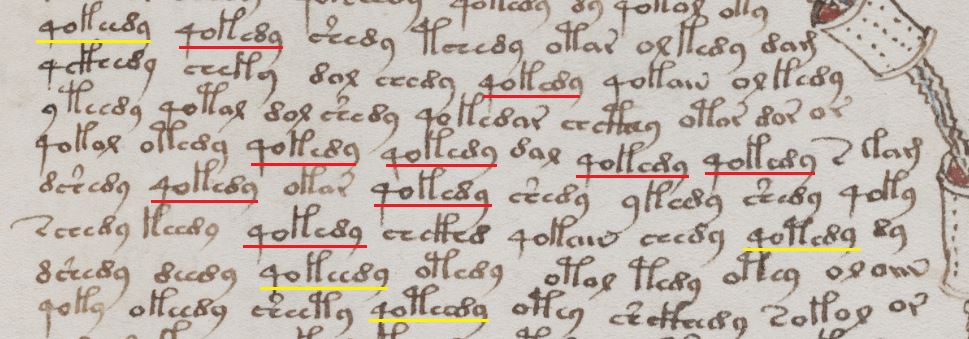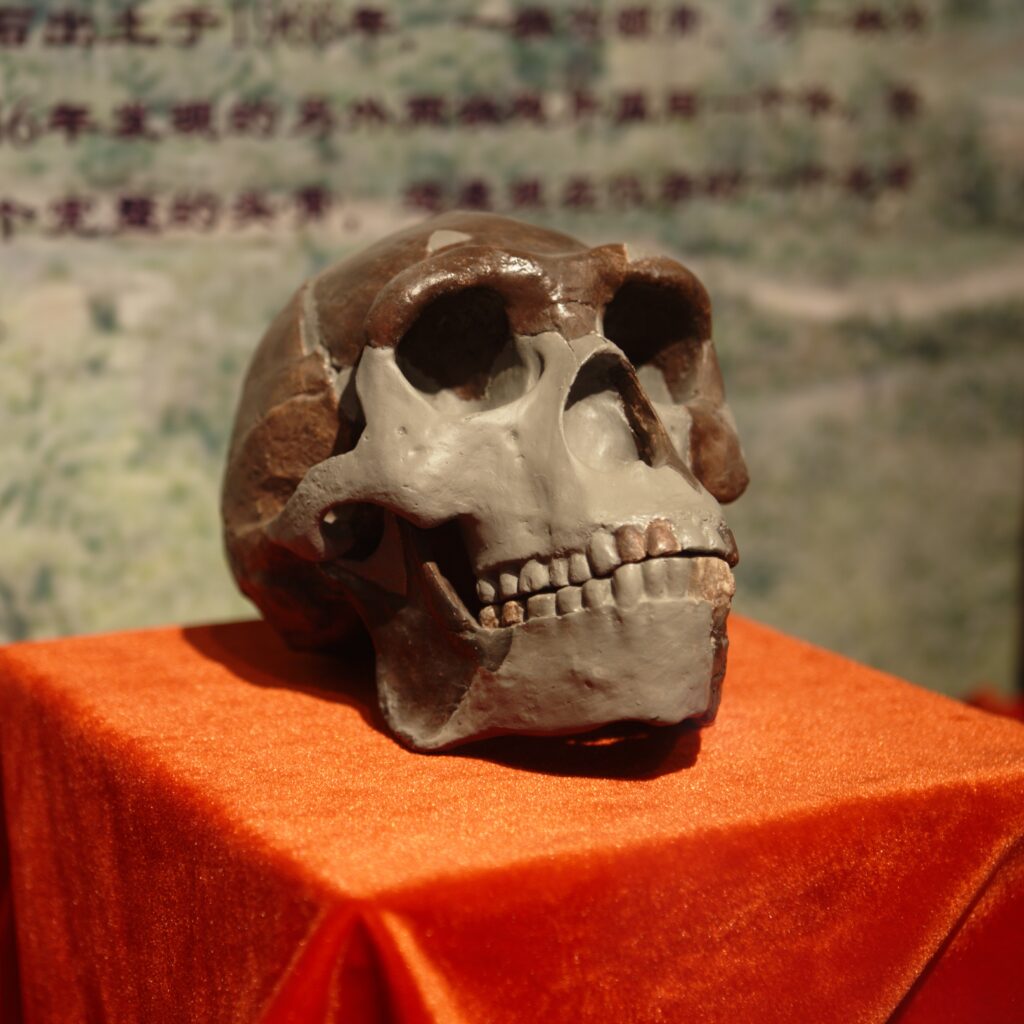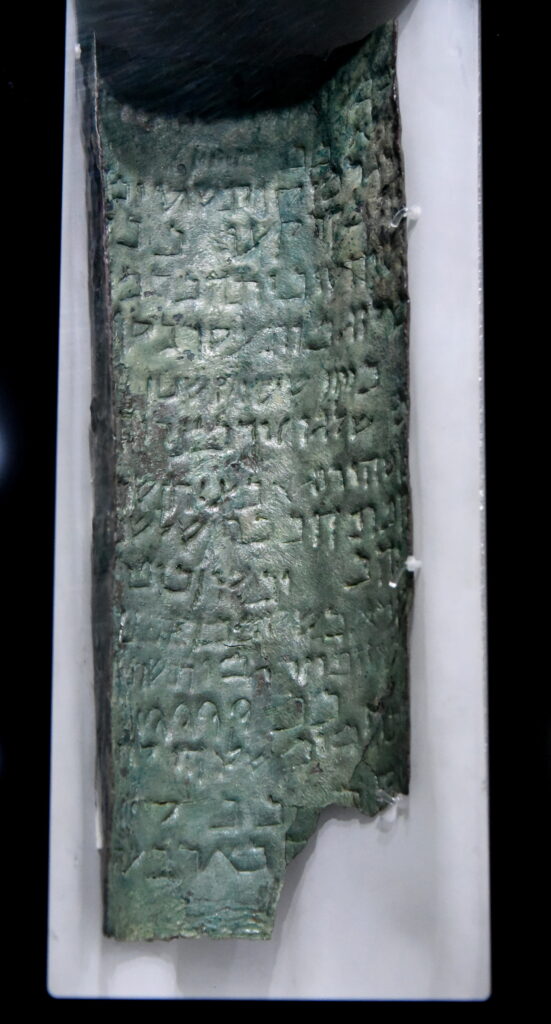
History, in its grand tapestry, is often woven with threads of uncertainty, leaving behind a fascinating array of enigmas that continue to captivate our collective imagination. From the fate of daring explorers to the whereabouts of legendary figures and the secrets held within ancient texts, some mysteries refuse to yield their truths, even under the relentless scrutiny of modern science and tireless historical investigation. It’s these tantalizing historical puzzles, the ones that have stumped generations of brilliant minds, that truly remind us how much we still have to learn about our past.
Indeed, even the most esteemed historians and archaeologists, armed with cutting-edge technology and unparalleled expertise, often find themselves gazing into the abyss of the unknown, shaking their heads in delightful frustration. The lack of definitive answers only amplifies the intrigue surrounding these particular historical questions. Sometimes, critical evidence has simply vanished or been destroyed over centuries, while in other cases, the surviving clues are too ambiguous to build a consensus. It’s a testament to the complexity of the past, and perhaps, a hint that some secrets are simply meant to remain veiled.
So, prepare to embark on a journey through some of history’s most compelling cold cases, the ones that have spawned countless theories, documentaries, and debates. We’re diving into a world where fact blurs with legend, and the quest for truth leads us down winding, often unyielding, paths. These are the mysteries that keep the greatest historical detectives up at night, proving that even with all our advancements, the past still holds an extraordinary power to surprise and confound us.

1. **Was Mount Everest Scaled in 1924?**The majestic peak of Mount Everest, the world’s highest mountain, holds a tale of ambition, tragedy, and an enduring question that has puzzled mountaineers and historians for nearly a century. The official record books credit Edmund Hillary and Tenzing Norgay with the first verified ascent, reaching the summit on May 29, 1953. Yet, whispers of an earlier triumph persist, centered around two British mountaineers who vanished into the icy vastness almost three decades prior: Andrew Comyn “Sandy” Irvine and George Mallory.
In 1924, Irvine and Mallory set out on their fateful expedition, hoping to conquer the formidable peak. Their last known image depicts them leaving for the North Col, spirits undoubtedly high, unaware of the tragic fate that awaited them. The crux of the mystery lies in whether they managed to reach the summit before succumbing to the mountain’s harsh embrace. It’s a tantalizing “what if” that has fueled endless speculation, becoming one of mountaineering’s greatest unsolved riddles.
Efforts to solve this high-altitude enigma have been painstaking and, at times, yielded incredible, if incomplete, discoveries. In 1999, climber Conrad Anker made a chilling find: Mallory’s body, preserved by the extreme cold, was discovered at a staggering height of almost 27,000 feet (8,229 m) up the 29,032-foot-tall (8,849 m) mountain. Then, even more recently, in 2024, a National Geographic documentary team unearthed Irvine’s foot, still encased in its sock and boot. These finds offer poignant glimpses into their final moments but do not definitively answer the burning question.
Crucially, a camera that the two men carried remains undiscovered. If found, and if its film could be developed, it might just hold the photographic proof that could rewrite mountaineering history. However, after all these years, it seems increasingly unlikely that such a delicate piece of equipment would survive intact, or that it will ever be located. For now, the question of whether Mallory and Irvine were the true pioneers of Everest’s summit remains an agonizingly open chapter in the annals of exploration, a testament to their incredible bravery and the mountain’s unforgiving nature.
Read more about: From Lost Empires to Vanished Souls: Some Unexplained Historical Enigmas

2. **What Does the Voynich Manuscript Say?**Stashed away in a Yale University vault, the Voynich manuscript is not just an old book; it’s a 600-year-old riddle wrapped in an enigma, bound in vellum. This mysterious codex is filled with a captivating array of illustrations—depicting plants that don’t quite exist, bizarre anatomical drawings, and celestial diagrams—all accompanied by an undeciphered script. Penned by an unknown author, the writings have stubbornly resisted all attempts at translation, making it arguably the most famous unsolved code in history.
For centuries, cryptographers, linguists, and amateur sleuths alike have poured over its pages, trying to crack its secrets. Is it an unknown language, a complex cipher, or perhaps an elaborate hoax—a collection of sophisticated gibberish designed to mislead? The debate rages on, with each new theory adding another layer of intrigue to this already perplexing artifact. No one has successfully deciphered its contents, leaving scholars to wonder if it ever truly had a discernible meaning or if it’s merely a clever, ancient piece of performance art.
The theories regarding the manuscript’s purpose are as varied and fantastical as its illustrations. Some believe it could be a lost reference book on medieval botany or medicine, its strange drawings representing plants from distant lands or stylized versions meant for a secret order. Others speculate it might be a work of fiction, a complex philosophical treatise, or even an elaborate attempt by its author to gain entry into a secret society by proving their intellectual prowess through such a cryptic creation. Its complexity and the sheer volume of text suggest a serious endeavor, but its meaning remains stubbornly out of reach.
The current consensus leans towards the idea that it’s an actual, albeit unknown, language or a highly complex form of cryptography, rather than pure nonsense. However, without a Rosetta Stone to unlock its vocabulary or syntax, its secrets remain perfectly preserved but utterly inaccessible. It looks increasingly unlikely that the codex will ever be deciphered, or perhaps, the greatest mystery of all is that it was never meant to be. The Voynich manuscript stands as a testament to the enduring power of a secret, forever tempting those who dare to peer into its alien script.
Read more about: From Lost Empires to Vanished Souls: Some Unexplained Historical Enigmas

3. **Where Are the Bones of Peking Man?**The story of Peking Man represents a critical, yet frustratingly incomplete, chapter in human evolution. In 1923, a groundbreaking discovery was made in a cave near the village of Zhoukoudian, close to Beijing: bones belonging to an ancient hominin, an early ancestor of modern humans, which became known as “Peking Man.” These fossils, representing *Homo erectus pekinensis*, provided invaluable insights into early human life, tool use, and even the controlled use of fire in Asia.
However, the tumultuous events of the 20th century cast a long shadow over these scientific treasures. As Japan’s invasion of China intensified in 1937, the safety of the precious fossils became a grave concern. In 1941, just before the attack on Pearl Harbor, an attempt was made to ship the fossils to the United States for safekeeping, a desperate measure to protect them from the ravages of war. Tragically, this attempt failed, and the bones of Peking Man vanished without a trace, becoming one of archaeology’s greatest losses.
Decades have passed, but the location of these priceless fossils remains unknown, a constant ache in the hearts of paleoanthropologists. Theories abound regarding their fate. One suggests that they were on board a ship that was sunk during the war, lost forever to the depths of the ocean. Another theory purports that they were buried somewhere in China, perhaps hidden hastily to prevent capture and never recovered after the war’s chaos subsided. Despite extensive searches and inquiries, no definitive evidence has emerged to confirm either scenario.
While the direct fossils of Peking Man appear unlikely to ever be found, the story of Zhoukoudian continues to evolve. Recent excavations of the caves have been yielding exciting new discoveries, uncovering new tools and artifacts related to Peking Man. These finds, while not the lost bones themselves, continue to shed light on the lives of these ancient hominins and keep the hope alive that perhaps, one day, a new clue might surface to finally solve this profound historical disappearance, or at least help us understand our ancient past more thoroughly.
Read more about: From Lost Empires to Vanished Souls: Some Unexplained Historical Enigmas

4. **Where Is Alexander the Great Buried?**Alexander the Great, a name synonymous with unparalleled military genius and empire-building, created the largest empire in the ancient world by the age of 32, stretching from the Balkans to Pakistan. Yet, for a figure of such monumental historical importance, the final resting place of his body remains one of history’s most baffling and enduring mysteries. His sudden death in Babylon in 323 B.C. by illness marked the beginning of the end for his vast empire, which quickly fractured among his generals.
Historical documents provide some tantalizing, yet ultimately inconclusive, clues. They suggest that one of Alexander’s generals, Ptolemy I Soter, eventually brought his body back to ancient Egypt two years after his death. It is believed that the body was initially held in the city of Memphis while a grand tomb was constructed for him in Alexandria, the city he founded. This would have been a monument befitting a conqueror of his stature, designed to be a focal point of veneration and a symbol of Ptolemaic legitimacy.
Despite numerous archaeological expeditions and countless hours of historical research, no one knows exactly where that iconic tomb is located. The ancient historians who described the building of the tomb, frustratingly, left very little physical description of its appearance. This lack of detail makes identification incredibly difficult, as researchers would likely need to find an intact inscription explicitly stating that the tomb belonged to Alexander to be sure.
Some theories suggest the tomb may have sunk beneath the waves, particularly if it was located in the “Palaces District” of ancient Alexandria, much of which is now submerged. If this is the case, it might have been destroyed or rendered unrecognizable by millennia of both human activity and natural forces. Even if it were to be found, experts have cautioned that time and the elements might have left few, if any, identifying marks. The enduring mystery of Alexander’s tomb is a poignant reminder that even the greatest figures can have their final secrets swallowed by the sands of time.
Read more about: From Lost Empires to Vanished Souls: Some Unexplained Historical Enigmas

5. **Was There a Real King Arthur?**The legend of King Arthur is deeply embedded in Western culture, conjuring images of chivalrous knights, the mystical sword Excalibur, the wise wizard Merlin, and the idyllic court of Camelot. These tales, told and retold over more than a thousand years, have shaped our understanding of medieval heroism and romance. But beneath the layers of myth and folklore lies a question that has long captivated historians and enthusiasts alike: Was there a real King Arthur, or is he purely a literary creation?
If a historical figure truly inspired the legendary King Arthur, the reality was undoubtedly far less magical than the stories suggest. The earliest surviving accounts that mention an Arthur-like figure date to the ninth century, several centuries after his supposed lifetime. These texts typically describe a leader, not necessarily a king, who fought a series of battles against the invading Saxons in post-Roman Britain. However, even the accuracy of these early accounts is hotly debated among scholars, with many questioning their historical reliability and whether they refer to a single, identifiable individual.
Numerous sites across Britain have become steeped in Arthurian legend, fueling the desire to connect the myths with tangible history. Tintagel, a dramatic coastal site in Cornwall, is famously linked as King Arthur’s birthplace. While archaeological excavations at Tintagel have revealed evidence of a high-status settlement during the period when Arthur might have lived, they have not confirmed whether Arthur himself ever resided there or, indeed, even existed as a historical person. These finds provide context to the era but not concrete proof of the legend.
Ultimately, it seems unlikely that scholars will ever know for sure whether there was a real King Arthur or if the man was purely fictional, a composite of various warlords and heroes. The scarcity of contemporary written records from the 5th and 6th centuries, coupled with the embellishments of later storytellers, makes separating fact from fiction an almost impossible task. King Arthur, in all his mythical glory, may forever remain a testament to the human need for inspiring legends rather than a verifiable historical figure.
Read more about: From Lost Empires to Vanished Souls: Some Unexplained Historical Enigmas

6. **What Happened to the “Vanished” Colonists at Roanoke?**The tale of the “Lost Colony” of Roanoke Island is arguably the biggest unsolved mystery in American history, a chilling narrative of hope, ambition, and inexplicable disappearance. On July 22, 1587, John White arrived on Roanoke Island, off the coast of present-day North Carolina, leading a group of 120 English colonists with aspirations of establishing a permanent settlement. Just a few months later, White sailed back to England, his heart heavy with the need to restock on badly needed supplies for his fledgling colony.
What he encountered upon his return three years later, in August 1590, has haunted historians ever since. After navigating the perils of war-torn seas and delays, White finally made it back to Roanoke, only to find the settlement deserted. Every single resident, including his own daughter, Eleanor Dare, and his granddaughter, Virginia Dare (the first English child born in the Americas), had vanished without a trace. The buildings were gone, carefully dismantled, leaving only an eerie silence where a bustling community once stood.
The only clues left behind were baffling and cryptic. The word “CROATOAN” was found carved on a palisade, a defensive fence, and another, simpler “CRO,” etched into a nearby tree. White, hoping for the best, assumed these markings indicated that the colonists had traveled to Croatoan Island, which is known today as Hatteras Island, a relatively short distance away. However, a ferocious storm blew in, preventing White and his crew from reaching Croatoan Island to investigate further. Tragically, he never managed to raise enough money or support for another search, and the fate of the colonists was sealed in uncertainty.
Over the centuries, countless theories have been proposed to explain the disappearance. Some historical documents hint that Chief Powhattan, a powerful Native American leader, may have been responsible for killing some of the colonists, although archaeological evidence to support this claim is lacking. Other theories suggest they were attacked by the Spanish, a rival European power, or that they simply succumbed to disease, starvation, or other natural causes. A popular hypothesis is that they assimilated into local Native American tribes. Whatever the truth, the ultimate fate of the Roanoke colonists remains a profound and enduring enigma, a ghost story etched into the very foundations of American history. As William Kelso, emeritus director of archaeology and research at the Jamestown Rediscovery Foundation, aptly put it, it’s “the biggest unsolved mystery in American history.”
Our journey into the annals of history’s most persistent cold cases continues, shifting our focus now to legendary treasures, notorious figures whose fates remain shrouded in mystery, and an assassination that shook a nation. These are the narratives that refuse to be neatly concluded, perpetually fueling debates and investigations, proving that some secrets are simply too well-guarded, or too lost to time, for any definitive answer to emerge. Prepare to dive deeper into the perplexing tales that keep historians, archaeologists, and curious minds endlessly intrigued.

7. **Who was Jack the Ripper?**The fog-laden streets of late 19th-century London were terrorized by one of history’s most infamous serial killers: Jack the Ripper. In 1888, at least five women fell victim to his brutal murders and mutilations. Adding another layer of chilling intrigue to this dark chapter, the police received a series of taunting letters, purportedly from the Ripper himself, mocking their fruitless efforts to capture him. The very name “Jack the Ripper” originated from these unsettling communications, though whether any were authentic remains a contentious point among scholars.
Despite an extensive and frantic manhunt, the Ripper was never caught, leaving behind a legacy of fear and a profoundly unsettling puzzle. Over the decades, countless individuals have been put forward as potential suspects, from obscure figures to members of the royal family, each theory debated with fervent speculation. For instance, in his 2012 book, “Jack The Ripper: The Hand Of A Woman,” John Morris controversially suggested that a woman named Lizzie Williams might have been the perpetrator, though this notion largely met with skepticism from other Ripper experts.
The sheer volume of theories, combined with the passage of over a century, makes it increasingly improbable that the true identity of this elusive killer will ever be definitively known. The lack of conclusive forensic evidence from the time, coupled with the muddled historical record, ensures that Jack the Ripper will likely remain a specter haunting the darkest corners of criminal history, forever just beyond our grasp.
Read more about: From Lost Empires to Vanished Souls: Some Unexplained Historical Enigmas

8. **Where is Jimmy Hoffa?**The disappearance of teamster union leader Jimmy Hoffa on July 30, 1975, in Oakland County, Michigan, remains one of America’s most enduring and perplexing missing-persons cases. Declared legally dead in 1982, the twin mysteries of his killer’s identity and the location of his body have baffled investigators for decades, fueling countless theories and intense scrutiny. Police and forensic anthropologists have meticulously searched numerous sites across Detroit and Oakland County, yet each effort has yielded no definitive answers.
One of the most widely circulated theories suggested that Hoffa’s body was interred beneath Giants Stadium in New Jersey, a sensational claim that captured the public’s imagination. However, this particular theory has been thoroughly debunked by investigators, shifting the focus of the ongoing search. More recently, in October 2021, FBI agents revisited a former landfill in New Jersey, conducting a “site survey” based on a deathbed confession from a landfill worker. This individual claimed that he and his father had been charged with burying Hoffa’s body in a steel barrel under the dump in 1975.
Despite the promising lead, the survey at the New Jersey landfill failed to unearth the steel barrel or anything of “evidentiary value,” as stated by FBI spokeswoman Mara Schneider in July 2022. The identity of his killer also remains murky, with figures like hitman Richard “The Iceman” Kuklinski claiming responsibility before his death in 2006, a confession that many police officers later doubted. As the years continue to pass, the hope of ever finding Hoffa’s remains or definitively identifying his killer seems to dwindle, leaving his disappearance as an indelible mark on American organized crime history.
Read more about: From Rock Stars to Aviators: 14 Enduring Celebrity Disappearances That Still Puzzle Us Today

9. **Who killed JFK?**The assassination of President John F. Kennedy on November 22, 1963, in Dallas, Texas, stands as perhaps the most intensely scrutinized and emotionally charged unsolved mystery in American history. While Lee Harvey Oswald was identified as the shooter, a significant number of people continue to question whether he acted alone. Adding another layer to the tragedy, Oswald himself was fatally shot just two days later by nightclub owner Jack Ruby, preventing him from ever standing trial and deepening the layers of speculation.
The most commonly accepted narrative posits that Oswald acted independently in killing JFK, and Ruby, in turn, acted on his own volition when he shot Oswald, claiming he wanted to spare Jacqueline Kennedy the distress of a trial. However, this explanation, despite its official status, has never satisfied everyone. Over the decades, a deluge of alternative theories has emerged, suggesting everything from complex government conspiracies to the involvement of organized crime, fueled by the rapid sequence of events and the lingering doubts of many professional and amateur historians.
Given the passage of so much time and the unlikelihood of any genuinely significant new evidence coming to light, it seems improbable that a firm consensus will ever be reached on the full scope of JFK’s assassination. The event remains a persistent wound in the American psyche, a testament to how profoundly a single moment can be interpreted and reinterpreted, leaving its ultimate truth forever fragmented in the public consciousness.
Read more about: From Lost Empires to Vanished Souls: Some Unexplained Historical Enigmas

10. **Is the Copper Scroll treasure real?**Among the profound archaeological finds of the 20th century, the Dead Sea Scrolls stand out, and nestled within this incredible collection is a truly unique artifact: the Copper Scroll. Discovered in 1952 in a Qumran cave, unlike the parchment and papyrus of its counterparts, this scroll had its writing intricately engraved onto sheets of copper. What makes it particularly fascinating is not just its unusual material, but its tantalizing content: a detailed record of an immense, hidden treasure, consisting of vast amounts of gold and silver.
The scroll itself dates back over 1,900 years, to a tumultuous period when the Roman Empire held sway over the Qumran area, a time marked by numerous revolts against Roman rule. Scholars have compellingly hypothesized that this treasure was meticulously hidden to safeguard it from capture by the encroaching Roman forces, a desperate measure to preserve wealth during a time of immense conflict and upheaval. The detailed listings on the scroll read like a pirate map from antiquity, promising riches beyond imagination.
However, the central questions that have long plagued historians and archaeologists remain stubbornly unanswered. Is this fabled treasure truly real? If so, where exactly was it hidden? Was it ever successfully recovered in ancient times, perhaps by the very people who buried it, or did it fall into Roman hands? And, most tantalizingly, could this legendary hoard still exist today, waiting to be unearthed? These are mysteries that, despite the scroll’s detailed inscriptions, will likely never be definitively solved, leaving the Copper Scroll as a magnificent testament to a lost fortune and an enduring enigma.
Read more about: From Lost Empires to Vanished Souls: Some Unexplained Historical Enigmas
These 10 historical conundrums, from vanished expeditions and lost treasures to enigmatic texts and presidential assassinations, stand as powerful reminders of how much of our past remains elusive. They challenge our assumptions, defy our investigative tools, and beckon us to look closer, to question more deeply, and to embrace the fascinating uncertainty that is an inherent part of human history. Though definitive answers may continue to evade us, the pursuit of these truths ensures that the stories themselves endure, forever captivating the curious minds among us.



